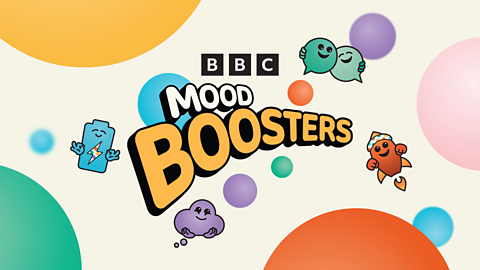George:
Hi, I'm George
Rhys:
And I'm Rhys and we're going to be making lots of noise to help us feel great. But we need your help.
George:
Let's start by stamping on one foot. One, two, three. four. That's it. Keep it going.
Rhys:
Sometimes I can feel like I don't matter like I'm not important and when I feel like this I try to remember how special I am and that I'm strong and brave and I can do anything. Right, let's boost ourselves with a song. I'll give you an action to copy and sing a line of a song which you can repeat back to me. Sound good?
George:
Yeah, let's do it.
Rhys:
All right.
We'll start with quiet movements and get louder every time we repeat the song.
Let's start by tiptoeing on the spot and clicking our fingers.
Or if you find that tricky, clap two fingers on your palm like this.
George:
Now join in with us and remember to keep our volume down to start with.
Rhys:
You ready? Here we go.
Everywhere I go.
George:
Everywhere I go.
Rhys:
People always tell me.
George:
People always tell me.
Rhys:
You can't do this.
George:
You can't do this.
Rhys:
You can't do that.
George:
You can’t do that.
Rhys:
So I tell them.
George:
So I tell them.
Rhys:
I can do anything.
George:
I can do anything.
Rhys:
And if they can’t hear us.
George:
And if they can’t hear us.
Rhys:
We walk a little louder.
George:
We walk a little louder.
Rhys:
Well done. Now keep walking on the spot and this time we're gonna take a walk into a march. And you can use your hands to make some noise by patting your body, like your thighs like this.
George:
And this time when we sing we’re going to raise our volume a bit.
Rhys:
Are you ready? Here we go.
Everywhere I go.
George:
Everywhere I go.
Rhys:
People always tell me.
George:
People always tell me.
Rhys:
You can't do this.
George:
You can't do this.
Rhys:
You can't do that.
George:
You can't do that.
Rhys:
So I tell them.
George:
So I tell them.
Rhys:
I can do anything.
George:
I can do anything.
Rhys:
And if they can't hear us.
George:
And if they can’t hear us.
Rhys:
We march a little louder.
George:
We march a little louder.
Rhys:
Well done. Now for the final time we're gonna take our march into a full-on stomp.
And this time clap your hands loudly in front, overhead or even behind you or all three.
George:
And let's turn that volume up to the max.
Rhys:
Everywhere I go.
George:
Everywhere I go.
Rhys:
People always tell me.
George:
People always tell me.
Rhys:
You can’t do this.
George:
You can't do this.
Rhys:
You can't do that.
George:
You can't do that.
Rhys:
So I tell them.
George:
So I tell them.
Rhys:
I can do anything.
George:
I can do anything.
Rhys:
And if they can’t hear us.
George:
And if they can’t hear us.
Rhys:
We'll stomp a little louder.
George:
We’ll stomp a little louder.
Phew, well done everyone, I feel amazing now.
Rhys:
Absolutely, I feel strong and brave like I can do anything.
Now, let's say together - I can do anything.
George:
I can do anything!
Rhys:
Yes, we can. Until next time, bye!
George:
Bye!
Join children’s TV presenters Rhys Stephenson and George Webster as they guide pupils in an uplifting call and response chant where they start off quiet, and get louder and louder as the activity builds.
Rhys and George encourage pupils to join in with a body percussion routine with chanting and movements to get the classroom boosted full of energy.
This activity can be used to inspire confidence and self-belief in pupils, reminding them they can achieve beyond their expectations and can do anything!
Teacher Notes
Teachers can use this activity when pupils might need a boost in energy to help them regain confidence and motivation to take part in everyday activities. This type of activity can open up possibilities to challenge ourselves and the focus we need to complete tasks successfully and pursue new interests.
We advise teachers and parents to review the Moodboosters video prior to showing it to children at school or home, and consider the activity’s suitability for space, accessibility requirements and how it may be received by pupils.
Teachers should ensure that the learning environment is safe and supportive for all pupils during viewing, especially when they are asked to share ideas, feelings and emotions.
Visit the Teacher Guide for more information and support.
Curriculum Notes
Moodboosters classroom resources can be used for teaching primary school pupils aged 5 -11 PSHE in England, Health and Wellbeing in Wales and Scotland, and PDMU in Northern Ireland, and to support with Ofsted, Estyn and Education Scotland requirements.

More from Boost:
Animal Safari. video
Bethany Shriever uses movement and exercises to help primary school children recognise the importance of taking time to pause and reflect.
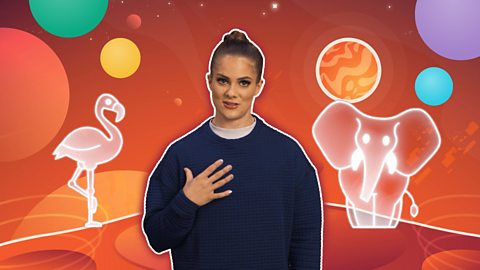
Boat Race. video
Ade Adepitan shows primary school pupils that it’s ok to go wrong from time to time through a combination of rowing, jumping and leaning.

Dance Party Mega Mix. video
Strictly Come Dancing champion Oti Mabuse encourages primary school pupils to have fun by practicing unique dance moves to energise the class.
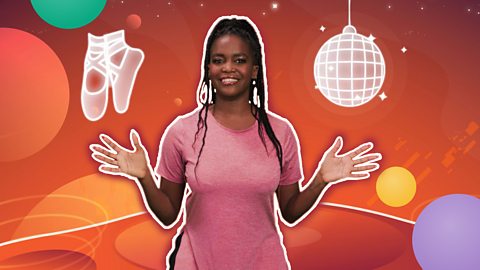
Wacky Workout. video
Dr Ranj Singh leads a wacky workout for primary school pupils about being able to change negative moods to positive ones through movement.

Power Up. video
Rhys Stephenson and Joe Tasker use simple hand movements and actions to help up the energy levels in the room.
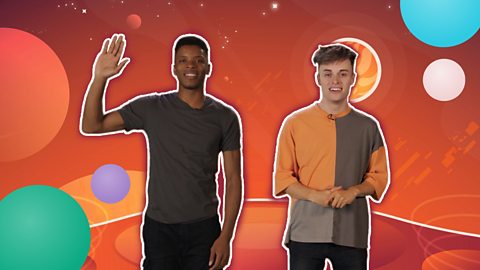
Make Some Noise. video
Evie Pickerill inspires children to turn their bodies into musical instruments to help stimulate awareness of controlling movement.
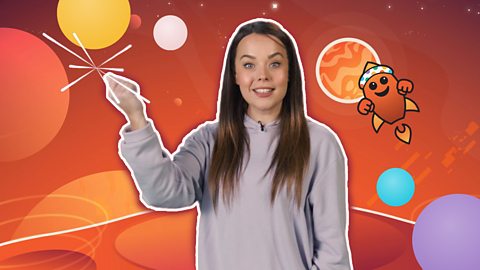
MC Hype. video
Oti Mabuse becomes MC Hype in this fun activity that aims to get children off their feet to help combat feelings of tiredness and fatigue.

Let's Rock. video
Evie Pickerill assembles an air instrument rock band for children, where everyone has their own part to play.
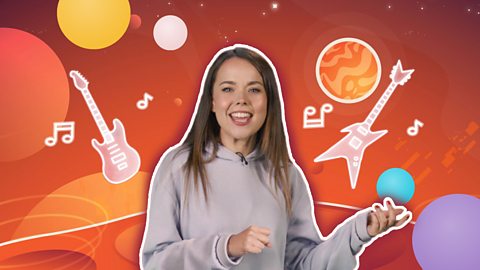
Emotion in Motion. video
Amy Dowden demonstrates how primary school children can explore different emotions through movement and impersonations of animals.
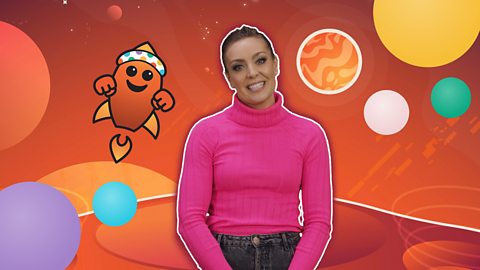

More from Moodboosters:
Recharge. collection
Activities to help children become aware of the importance of self-care, whilst building resilience and recognising what makes them special.
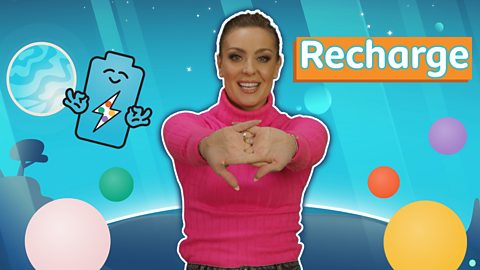
Connect. collection
Fun, movement-based activities for children centring on relationships and how to recognise emotions in others through empathy.
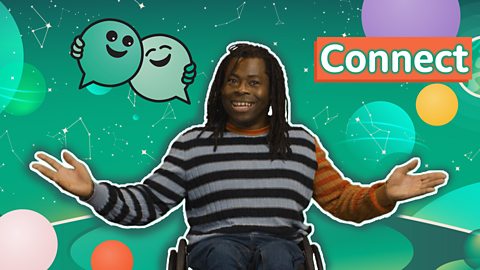
Imagine. collection
Learning activities to promote creativity and optimism in children whilst encouraging them to use their imagination to envision their goals and aspirations.
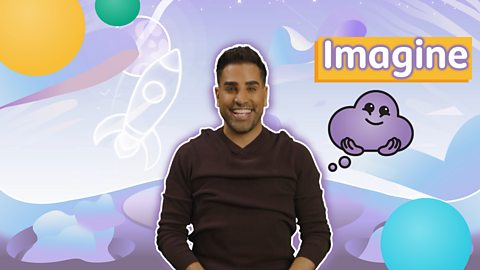
Teacher's guide
Curriculum-linked ideas and tips about how you can use Moodboosters with your class during the school day.
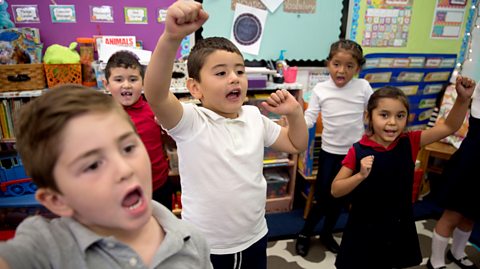
Watch again - our live launch. video
Watch highlights as children from around the nations join together for a big mood-boosting moment.
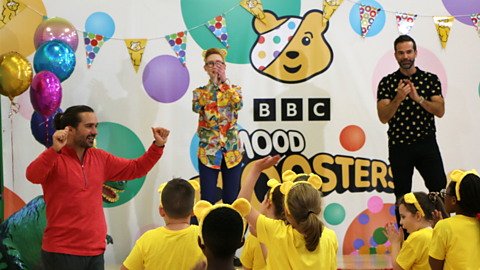
About Moodboosters
Everything you need to know about our initiative to get KS1 / KS2 pupils moving for mental health and wellbeing.
